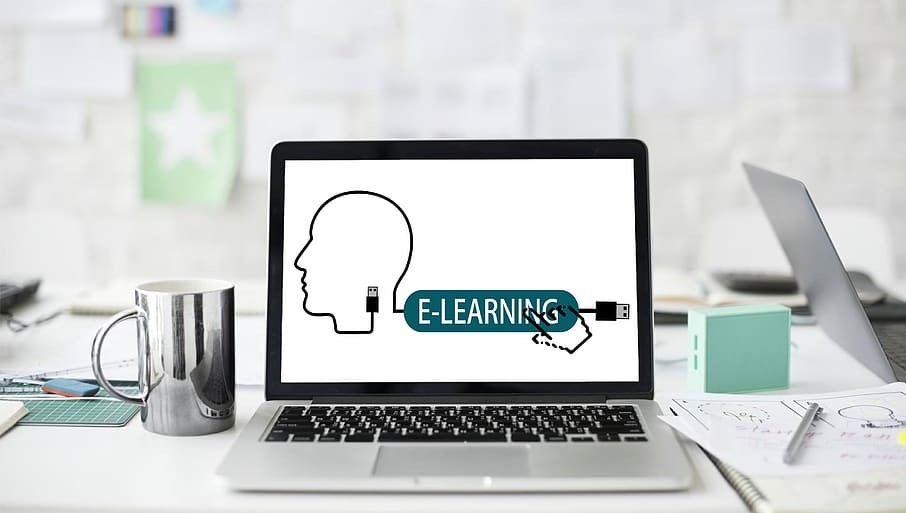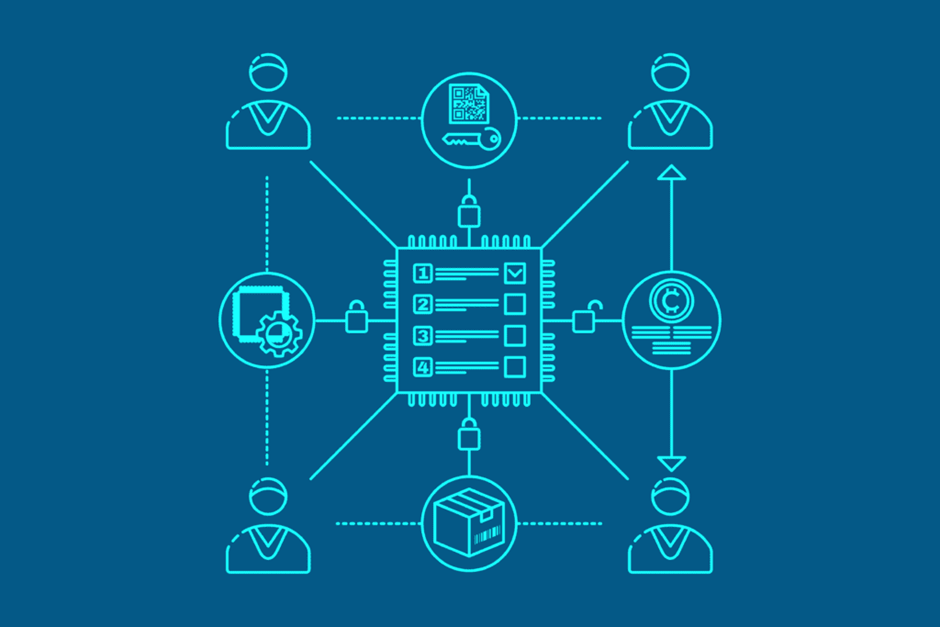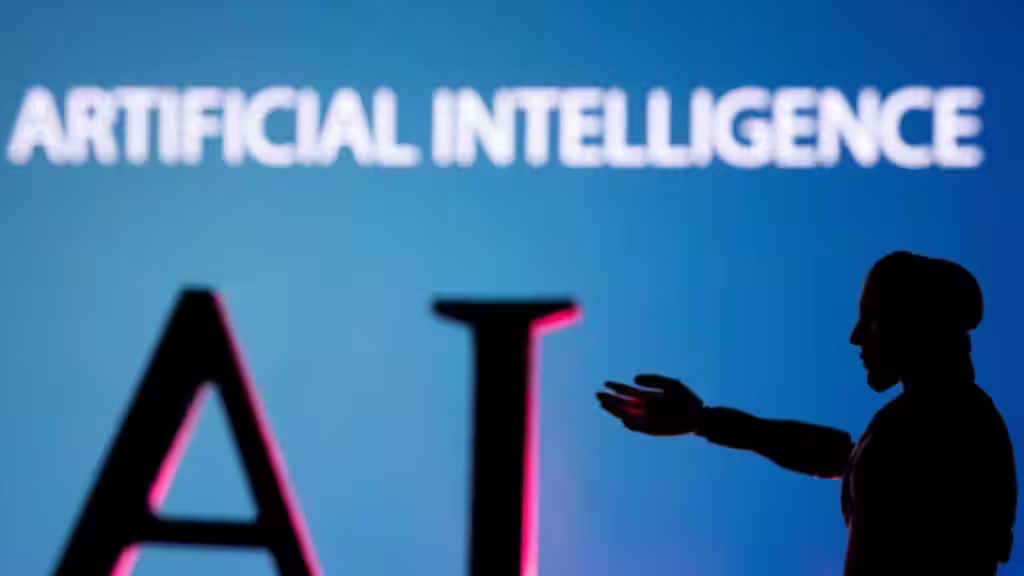
Making Digital Education Inclusive
Setting up effective mechanisms to provide accessible educational material to learners with disabilities
Problem
Education models and regular classes are rapidly shifting to digital modes, especially during COVID 19. Learners with disabilities, constituting a population of about 40 lakhs in the age group of 5-19 years (Census 2011), have been disproportionately impacted by this disruption. Although the central government recently announced that the PM E-Vidya platform will have a dedicated education channel for learners with visual and hearing impairment, there is no public information that addresses how digital education, including online classroom teaching, will generally be made accessible. This lack of information recently forced law students to file a petition to direct the government to set up effective mechanisms to provide accessible educational material to learners with disabilities.
Access to technology can assist persons with disabilities in getting better educational, socio-cultural and economic opportunities. Making digital education accessible, both from the perspective of infrastructure and design, is a binding international and domestic legal obligation. Article 9 of the Convention on the Rights of Persons with Disabilities requires states to ensure that persons with disabilities can access information, communication and technology (“ICT”) systems. Section 42 of the Rights of Persons with Disabilities Act, 2016 directs governments to ensure that all content available in audio, print or electronic media is in an accessible format.
However, the extent to which this obligation is being implemented is unclear. Although there are programmes to extend the reach of ICT in general (an example of this is the USO Fund on enabling ICT accessibility in rural areas), there is very little data regarding their use by persons with disabilities.
In any case, the manner in which digital education is being made accessible is outdated and uncoordinated. In 2012, the Ministry of Human Resources Development (MHRD) published a National Policy for ICT in School Education, which is silent on universal design principles for digital education and does not refer to the most up-to-date Web Content Accessibility Guidelines (“WCAG 2.0”) that were released in 2018. The MHRD Policy itself does not find any mention in the set of recommendations released by the Telecom Regulatory Authority of India (“TRAI”) in 2018 on Making ICT Accessible for Persons with Disabilities. Moreover, the inter-ministerial steering committee proposed to be set up under the TRAI recommendations does not include the MHRD, indicating that the question of accessibility of digital education is being addressed in silos.
Most telling of this fragmentation is the fact that the Right of Children to Free and Compulsory Education Act, 2009 (“RTE Act”) itself provides norms and standards only for physical infrastructure in schools. The Schedule to the RTE Act simply states that teaching and learning equipment will be provided to each class as required, without considering that such equipment might have to be digital, and if digital, that it must be inclusive.
Solution
There should be a coordinated approach to inclusive education that makes universal accessibility norms an integral part of the content creation process rather than a supplementary exercise.
The MHRD should coordinate with the Ministry of Electronics and IT and the Department of Empowerment of Persons with Disability to devise standardised guidelines for digital education infrastructure for learners with disabilities that are in accordance with the Rights of Persons with Disabilities Act.
These guidelines should then be made mandatory for all ICT service providers of education.
Implementation
- Make all government websites accessible for persons with disabilities in accordance with the 2018 TRAI recommendations.
- Review and update the National Policy for ICT in School Education as part of a larger exercise to develop comprehensive guidelines on the accessibility of digital education.
- Amend the Schedule to the RTE Act to include norms and standards on inclusive digital education that are applicable to schools.
- Notify accessibility standards for ICT in education under section 40 of the Rights of Persons with Disabilities Act.



